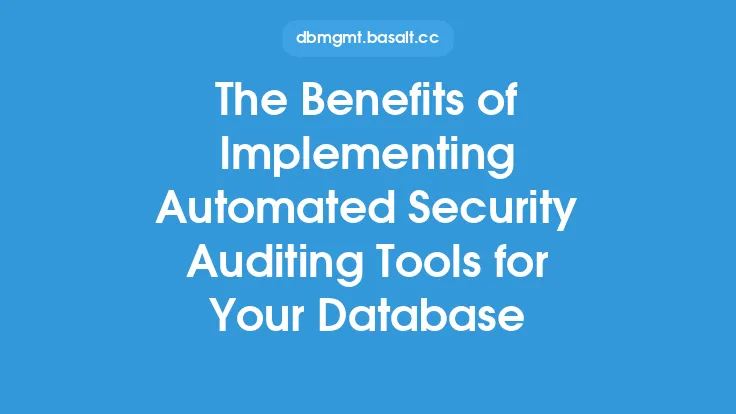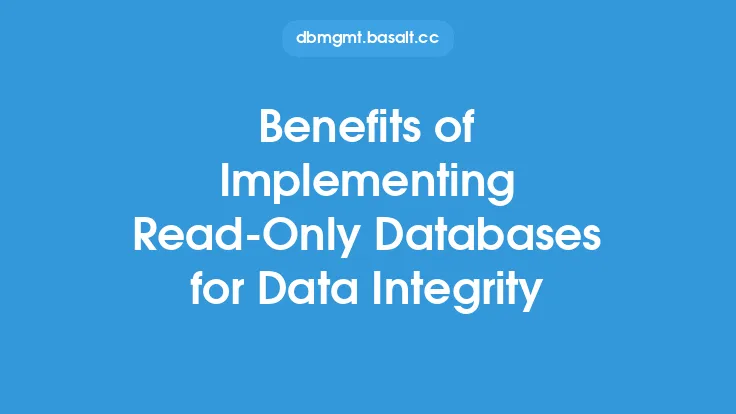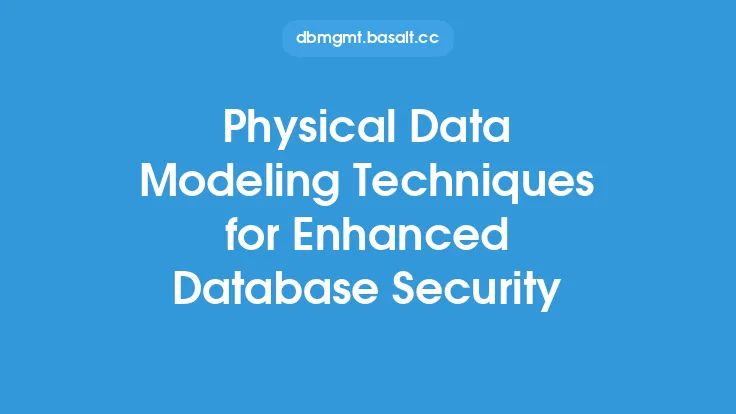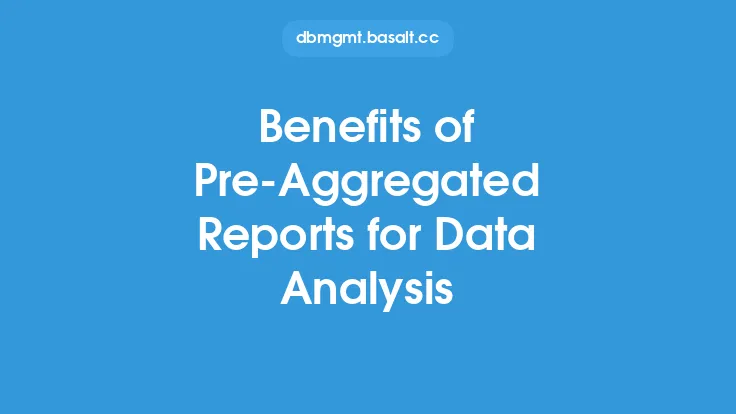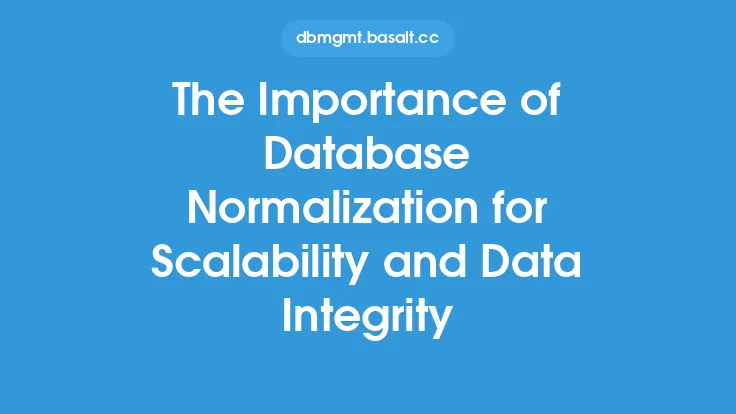Data masking is a crucial aspect of database security that involves hiding or obscuring sensitive data to prevent unauthorized access. This technique is essential in protecting sensitive information, such as financial data, personal identifiable information (PII), and confidential business data. By masking data, organizations can ensure that their sensitive information is not exposed to unauthorized individuals, reducing the risk of data breaches and cyber attacks.
Introduction to Data Masking Benefits
The benefits of data masking are numerous, and organizations that implement this technique can enjoy a range of advantages. One of the primary benefits of data masking is that it helps to protect sensitive data from unauthorized access. By masking data, organizations can ensure that even if an unauthorized individual gains access to the database, they will not be able to view or exploit the sensitive information. This is particularly important in industries that handle sensitive data, such as finance, healthcare, and government.
Enhanced Security and Compliance
Data masking also helps organizations to comply with regulatory requirements and industry standards. Many regulations, such as the General Data Protection Regulation (GDPR) and the Payment Card Industry Data Security Standard (PCI DSS), require organizations to protect sensitive data. By implementing data masking, organizations can demonstrate their commitment to data security and compliance, reducing the risk of fines and penalties. Additionally, data masking can help organizations to meet the requirements of various compliance frameworks, such as HIPAA and SOX.
Reduced Risk of Data Breaches
Data masking can also help to reduce the risk of data breaches. By masking sensitive data, organizations can make it more difficult for hackers to exploit the data, even if they gain access to the database. This is particularly important in the event of a data breach, as masked data will be of little value to the attacker. Furthermore, data masking can help to reduce the risk of insider threats, as authorized individuals will only have access to masked data, reducing the risk of data exploitation.
Improved Data Privacy
Data masking can also help to improve data privacy. By masking sensitive data, organizations can ensure that the data is not exposed to unauthorized individuals, reducing the risk of data misuse. This is particularly important in industries that handle sensitive data, such as healthcare and finance. Additionally, data masking can help organizations to protect the privacy of their customers, reducing the risk of identity theft and other forms of data exploitation.
Protection of Sensitive Data in Non-Production Environments
Data masking can also help to protect sensitive data in non-production environments, such as development and testing environments. In these environments, sensitive data is often used to test and develop applications, but it is not necessary to use real data. By masking sensitive data, organizations can ensure that the data is not exposed to unauthorized individuals, reducing the risk of data breaches and cyber attacks.
Cost Savings
Data masking can also help organizations to save costs. By masking sensitive data, organizations can reduce the risk of data breaches and cyber attacks, which can be costly to remediate. Additionally, data masking can help organizations to reduce the costs associated with compliance, as they will be able to demonstrate their commitment to data security and compliance. Furthermore, data masking can help organizations to reduce the costs associated with data storage and management, as they will only need to store and manage masked data.
Technical Benefits
From a technical perspective, data masking can provide a range of benefits. One of the primary technical benefits of data masking is that it can help to reduce the attack surface of an organization's database. By masking sensitive data, organizations can make it more difficult for hackers to exploit the data, reducing the risk of data breaches and cyber attacks. Additionally, data masking can help to improve the performance of an organization's database, as masked data will require less storage and processing power.
Real-World Applications
Data masking has a range of real-world applications. One of the primary applications of data masking is in the protection of sensitive data in industries such as finance, healthcare, and government. In these industries, data masking is used to protect sensitive data, such as financial information, personal identifiable information (PII), and confidential business data. Additionally, data masking is used in non-production environments, such as development and testing environments, to protect sensitive data and reduce the risk of data breaches and cyber attacks.
Conclusion
In conclusion, data masking is a crucial aspect of database security that provides a range of benefits. By masking sensitive data, organizations can protect their sensitive information, reduce the risk of data breaches and cyber attacks, and improve data privacy. Additionally, data masking can help organizations to comply with regulatory requirements and industry standards, reducing the risk of fines and penalties. As data security continues to be a major concern for organizations, data masking will play an increasingly important role in protecting sensitive data and reducing the risk of data breaches and cyber attacks.
